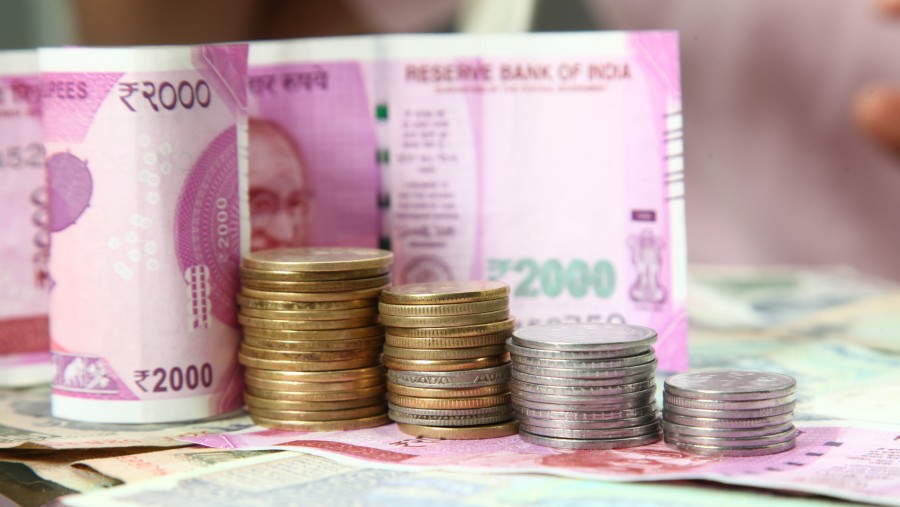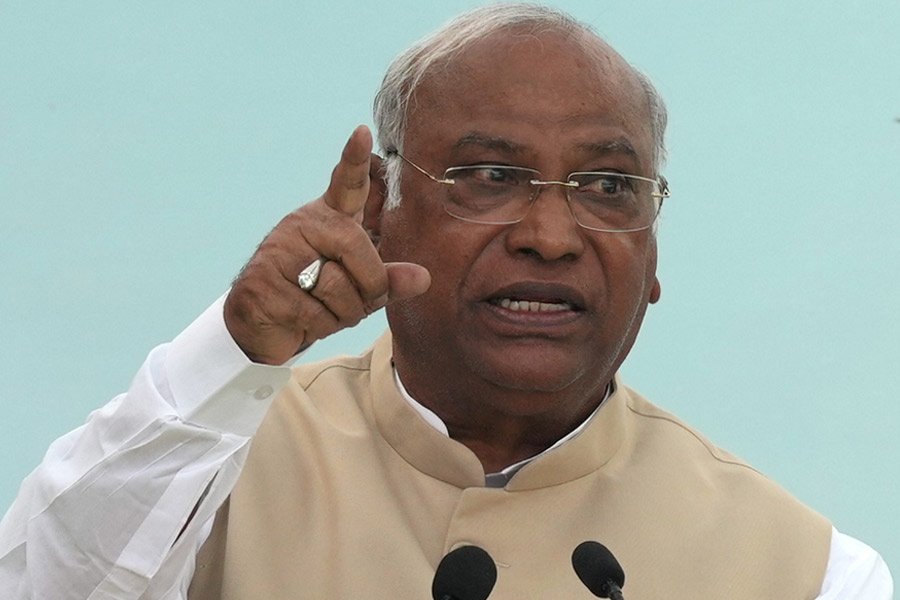The Reserve Bank of India is expected to soon start debating when to tighten its liquidity taps that have released a torrent of money into the financial system ever since the central bank opted for an accommodative monetary policy in June 2019
It was on June 6, 2019 that the RBI policymakers unanimously decided to alter the monetary policy stance from neutral to accommodative to address several key concerns: a significant weakening of growth impulses that were reflected in a widening output gap; a sharp slowdown in investment activity; and a sharp moderation in private consumption growth.
Does that sound familiar?
In a post-pandemic world, all of those concerns have bubbled once again to the surface. The difference, of course, is in the money that was flowing through the tubes of the financial system.
Back in June 2019, the average daily liquidity surplus in the system had risen to a modest Rs 66,000 crore. The surplus has since ballooned and the RBI was forced to absorb as much as Rs 8.4 lakh crore on September 9 through its liquidity-soaking operations.
The concern is that instead of all that liquidity hasn’t moved the needle on private investment or consumption — which was the ostensible reason for adopting the easy money policy in the first place.
The suspicion is that some of it has seeped into the capital markets fuelling the asset bubble in the stock markets that resulted in the Sensex vaulting above the 60000-point threshold.
Any move to turn off the taps now will spook the markets where a crazy bull run has whipped up euphoria among investors and sparked a mad chase for eye-popping returns.
In its annual report for 2020-21, the central bank which was worried about a ”bubble’’ building up in the stock markets said that liquidity injected to support economic recovery could lead to unintended consequences in the form of inflationary asset prices.
Such a support cannot be expected to be indefinite and calibrated unwinding may be required once the real economy is on a recovery path, according to the annual report.
Speaking to The Telegraph, Suvodeep Rakshit, senior economist at Kotak Institutional Equities, said that any unwinding of the surplus liquidity in the banking system will depends on how much comfortable the RBI is with growth and whether it sees any inflationary risks on the horizon.
He, however, noted that the worst is over for the economy and that the recovery phase has begun.
“As a medium-term policy, the RBI should telegraph on a plan and highlight the markers for a conducive environment to drain the liquidity. In terms of winding up excess liquidity the RBI has various tools to work with. The task becomes difficult and needs to be gradual as the system is used to this kind of liquidity. This is also what we are seeing globally,’’ Rakshit said.
He said the course that will be taken has to be communicated well by the RBI and that any such unwinding should not be a hard landing.
“This is an opportune time to start communicating, whether it is now or in the upcoming October policy… the RBI should indicate the path that it intends to take,’’ he said.
A senior analyst from a domestic brokerage who agrees with Rakshit said equity markets at record levels will not be the major factor to soak up the surplus liquidity and the central bank will be guided by the growth-inflation dynamics.
However, experts such as Arun Kejriwal, director KRIS an investment research firm, indicated the current rally may not be a bubble.
“The key factors that are driving up stocks are strong participation from foreign portfolio investors and a spike in the participation by domestic investors, particularly retail lot… thus the investor base in India has gone up significantly,’’ he said.
Kejriwal said the number of demat accounts opened in 2021-22 has shot up to 26 lakh per month from 12 lakh in the preceding fiscal.
“There is always an element of fear when benchmark indices are in an unchartered territory…Yes the current markets will correct and we may see the Sensex going down but a fall to 50000 levels seem unlikely unless there is real bad news.’’
The six-member panel of the RBI’s monetary policy committee is set to meet next month at a time the US Federal Reserve has said it will reduce the monthly bond purchases of $80 billion from November and has indicated it may raise interest rates sooner than expected.
“Market participants should be wary of the rising inflation and resulting removal of liquidity from the system. During 2021 there has been some central banks — Russia, Korea, and Ukraine — who have raised rates. Rising inflation risk and hence withdrawal of ultra easy monetary policy by global central banks may trigger a sharp rise in bond yields which can cause risk assets to correct sharply,’’ Piyush Garg CIO-ICICI Securities Ltd said.
Garg said while domestic investors should watch how global yields move, it can lead to a sharp 10-15 per cent correction in equity prices from the current levels.










